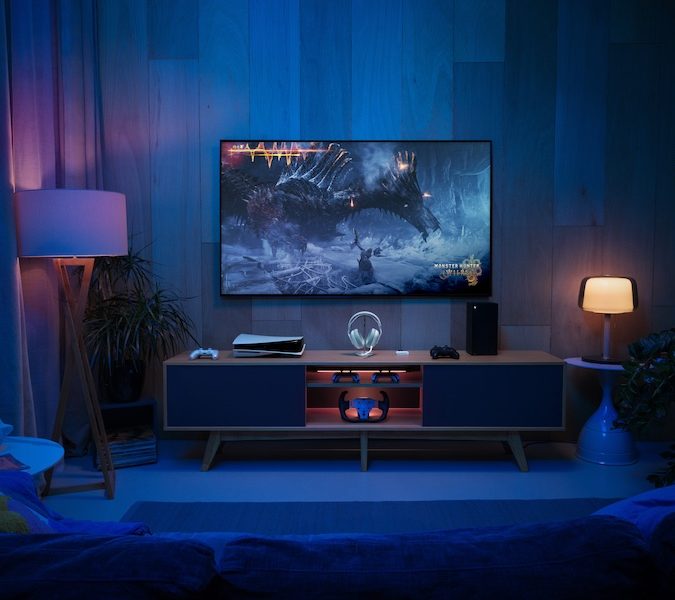Going wireless: New monitoring technology gives women a natural birthing experience

The Philips Avalon CL Transducer system has taken away the cables of traditional monitoring systems and since its launch in 2014, 10 New Zealand hospitals have incorporated the technology into birthing units.
The cableless monitoring technology works in conjunction with Philips IntelliSpace Perinatal System to monitor both the fetus and mother while providing mobility and flexibility during every stage of the labour. Waitakere Hospital began using the technology since last year and the midwife manager, Helen Ngatai, says traditional monitoring technology straps women to the bed. By eliminating the cables the Avalon CL enables women find their most comfortable position to manage contractions and that is often upright.
“It’s been proven that it’s better for them in labour. It encourages the labour and gravity helps to bring the baby down, so you get baby in a better position. If the woman is just lying down the baby will often go in to an abnormal position which makes it much more difficult for the baby to come through the birth canal.”

She says women have a natural experience as they can walk around the hospital and its grounds while still being monitored. They can also shower and use birthing pools to their full effect because of the waterproof transducers.
Research also suggests further benefits for the women including a shorter labour, reduced need for pain relief and labour induction drugs, decreased number of episiotomies and a reduced need for assisted deliveries.
Women who are upright may also experience reduced back ache and abnormal heart rate patterns.
For midwives, Ngatai says the wireless system gives flexibility to their work as they don’t have to be watching the monitor all the time. By accessing the data on a tablet, they can take the mothers real-time blood pressure recording and pulse recording without being in the room. This also allows midwives can seek a second opinion when there is a complication without worrying the mother.

Philips was one of the first companies to introduce technologies enabling ambulation and fetal monitoring in the 1970’s. Following continued investment in the development of cableless technologies, in 2003 the cordless fetal transducer system was introduced before the Avalon CL Transducer system launched in 2014.
Ngatai says Waitakere hospital used a cableless system in the past, but this one is much more efficient.
“It’s been really successful and the more the staff have got used to using it the more they want to use it. We’ve got eight birthing units and only one [system], so I’ve ordered more.”




